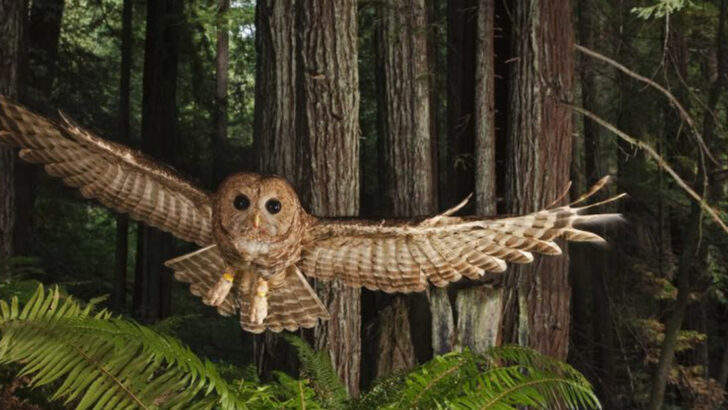The Pacific Northwest is hiding something — and it’s not just the rain.
Underneath the towering trees, thick moss, and misty air, a secret world thrives. Here, the wildlife isn’t just plentiful — it’s wildly fascinating. These forests are home to creatures that seem plucked from a storybook, each with its own tale to tell.
From elusive owls that haunt the twilight to bears prowling in the shadows, the Pacific Northwest holds some of nature’s most captivating residents.
Ready to step off the beaten path and into the wild? Join us as we uncover 20 animals you never knew were quietly living in this lush, mysterious wonderland.
Northern Spotted Owl
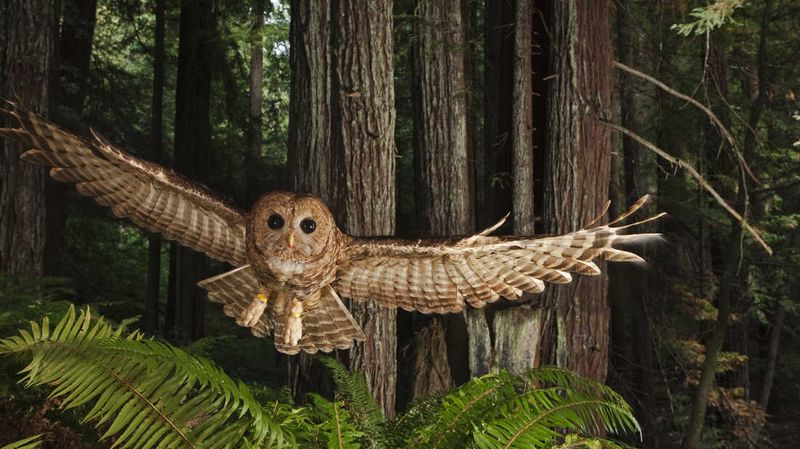
The Northern Spotted Owl is a reclusive resident of the Pacific Northwest’s old-growth forests. With its round face and dark eyes, this charming owl blends seamlessly into its shadowy surroundings.
Known for their deep, resonant calls, these owls are most active at dusk and dawn. They prefer secluded areas with dense tree cover, making them difficult to spot but a delight to discover.
Conservation efforts are crucial as their numbers dwindle due to habitat loss. Their presence is a testament to the forest’s health, symbolizing the delicate balance of this ecosystem.
Roosevelt Elk
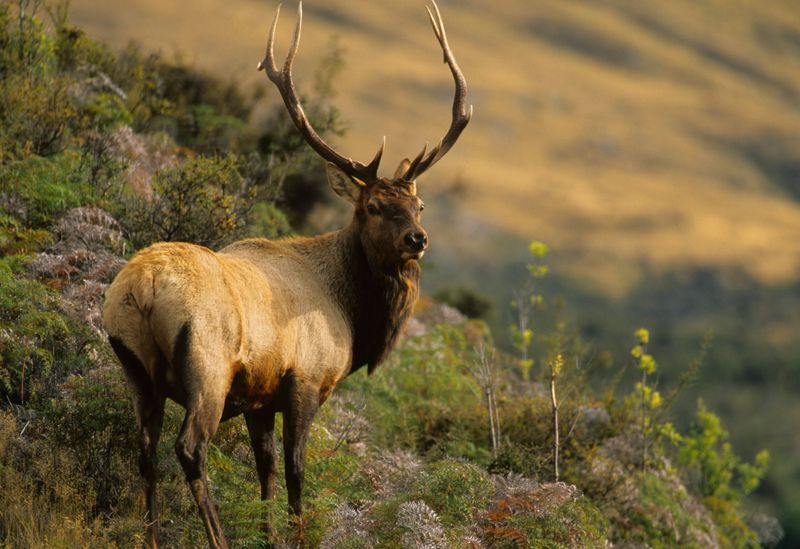
Roosevelt Elks are the largest of the North American elk species, roaming the lush forests of the Pacific Northwest. With antlers that span wide and a stature that commands respect, these elks are truly a sight to behold.
Often found in herds, they graze peacefully on the rich vegetation. Their bugling calls echo through the forest during mating season, adding a unique soundtrack to the wilderness.
As symbols of strength and elegance, Roosevelt Elks remind us of the untamed beauty that lies within these ancient woods.
Pacific Tree Frog
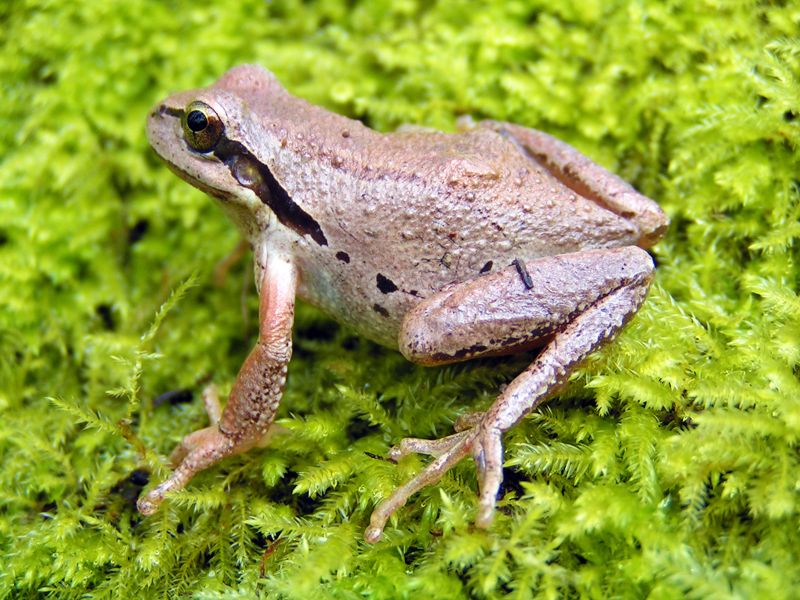
The Pacific Tree Frog is a small but vibrant amphibian that adds a splash of color to the forest. These frogs are known for their remarkable ability to change color, ranging from bright green to brown, depending on their surroundings.
Their chorus of croaks is a signature sound of the Pacific Northwest forests, particularly during the rainy season. These agile climbers can be found perched on leaves or hidden among the underbrush.
Despite their size, they play a vital role in the ecosystem as both predator and prey.
American Black Bear
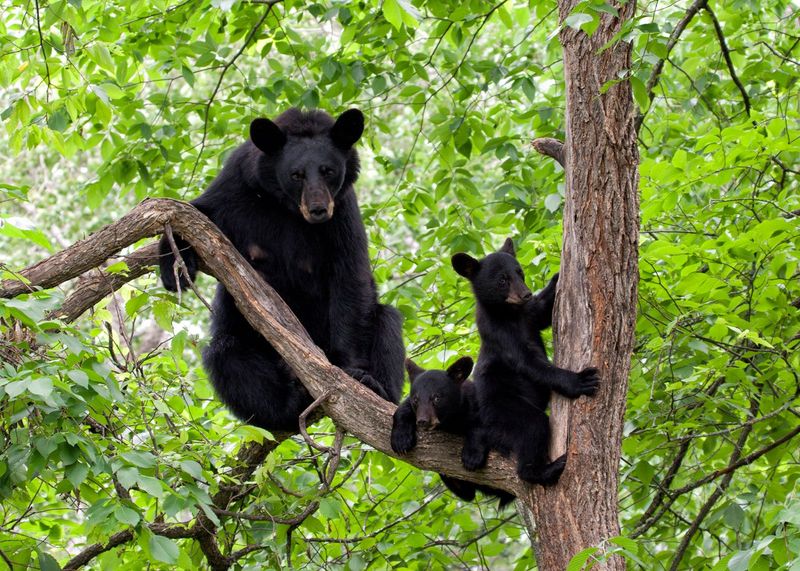
The American Black Bear is an adaptable inhabitant of the Pacific Northwest forests. Known for their shaggy black coats and curious nature, these bears are often seen rummaging through berry bushes or fishing in streams.
Their diet varies with the seasons, showcasing their adaptability and intelligence. Observing a black bear in the wild is both thrilling and humbling, as their presence commands respect.
With conservation efforts in place, these magnificent creatures continue to thrive, maintaining the balance of the forest ecosystem.
Cougar
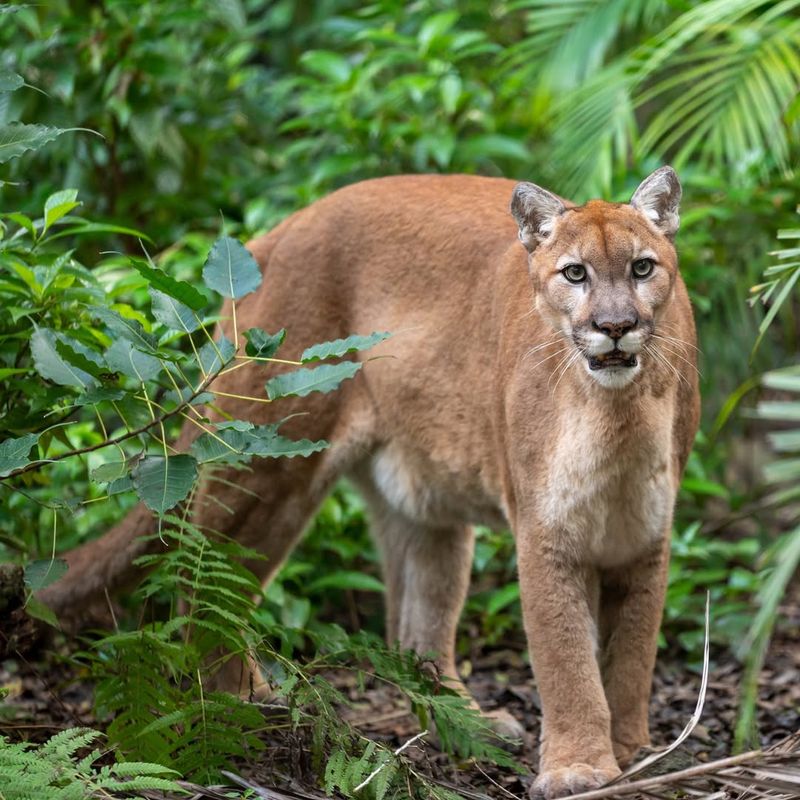
Silent and elusive, the cougar is a master of stealth in the Pacific Northwest forests. With a tawny coat and piercing eyes, it moves with an unparalleled grace through its territory. Cougars are solitary animals, often hunting at night to avoid detection.
Their presence within the forest is rarely noticed, but always felt, as they maintain the balance by controlling prey populations. Observing their tracks or hearing their distant calls is a reminder of the untamed wilderness that these majestic cats call home.
Western Grey Squirrel
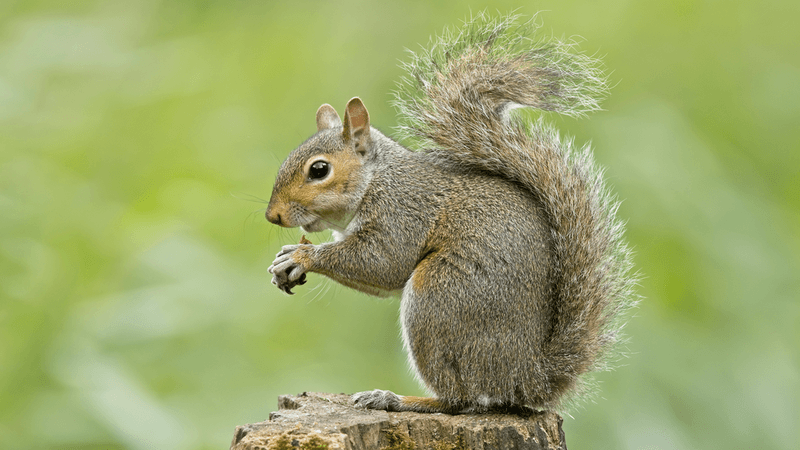
The Western Grey Squirrel is an energetic presence in the forests of the Pacific Northwest. With its bushy tail and inquisitive nature, it can often be seen darting through the canopy or foraging on the forest floor.
These squirrels play a crucial role in seed dispersion, inadvertently aiding in forest regeneration. Their chattering calls and acrobatic feats provide endless entertainment for forest visitors.
The sight of these lively creatures is a reminder of the vibrant life that thrives amidst the towering trees.
Banana Slug
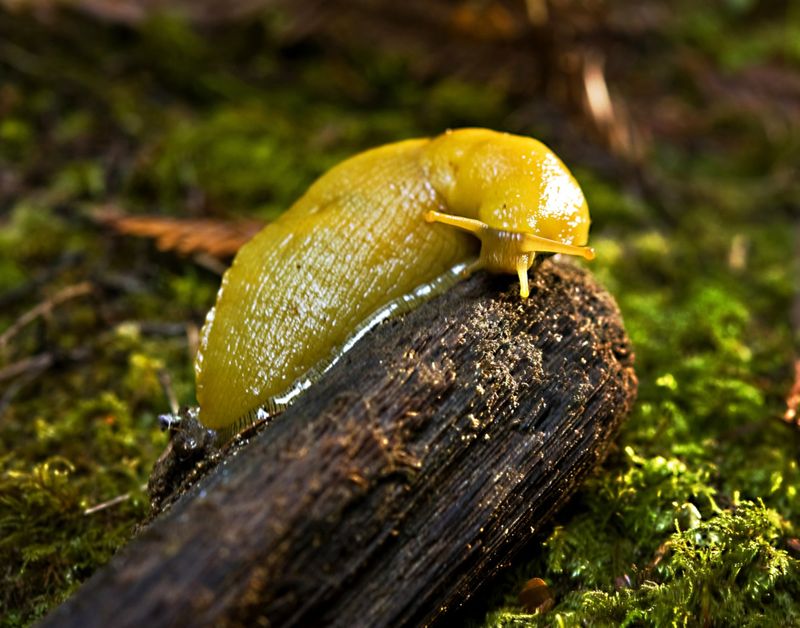
The Banana Slug, with its distinctive yellow hue, is a fascinating resident of the Pacific Northwest’s moist forests. These slow-moving gastropods play a vital role in the ecosystem by decomposing dead plant material, recycling nutrients back into the soil.
Despite their sluggish pace, they are adept at navigating the forest floor, leaving a slimy trail behind. Their unusual appearance and ecological importance make them a subject of intrigue and admiration.
Spotting a Banana Slug is a unique and memorable experience for any forest explorer.
Douglas Squirrel

The Douglas Squirrel, also known as the ‘chickaree,’ is a spirited inhabitant of the Pacific Northwest forests. Recognizable by its reddish-brown fur and white belly, it is known for its lively antics and vocal nature.
These squirrels are highly territorial, often heard chattering away as they defend their homes. They play a crucial role in forest ecology by dispersing seeds and fostering new plant growth.
Their energetic presence and playful demeanor make them a delightful sight for those wandering the forest trails.
Great Blue Heron

The Great Blue Heron is a majestic wader found in the wetlands of the Pacific Northwest. With its long neck and elegant stride, it is a master hunter, silently stalking fish and amphibians.
These herons are often seen poised with patience, their silhouettes striking against the verdant landscape. Their presence adds a serene elegance to the forest’s waterways, contributing to the diverse tapestry of wildlife.
Observing a Great Blue Heron is a reminder of the delicate harmony that exists within these lush environments.
Northwestern Salamander
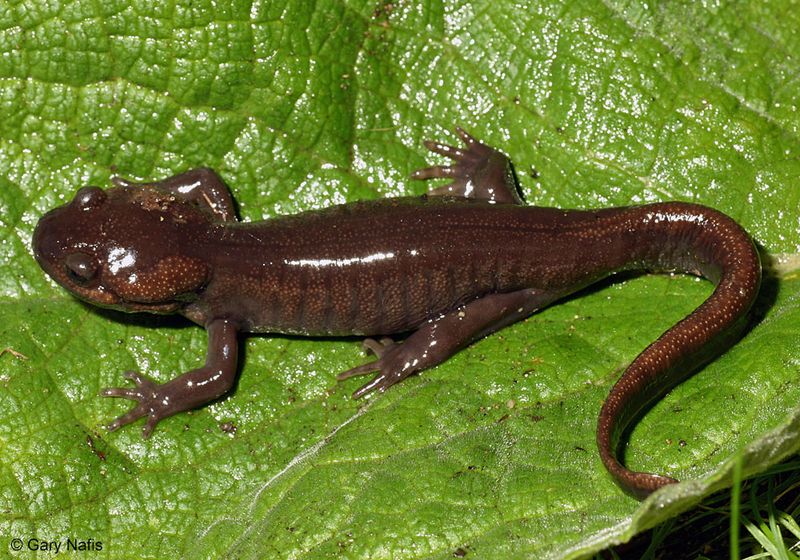
The Northwestern Salamander is a secretive amphibian, often hidden in the damp underbrush of the Pacific Northwest’s forests. With its smooth, dark skin and elongated body, it is well-adapted to its moist habitat.
These salamanders play a crucial role in controlling insect populations, maintaining ecological balance. Their nocturnal nature and elusive behavior make them a rare sight, but discovering one is a rewarding experience for the observant nature enthusiast.
Their presence highlights the forest’s rich biodiversity, a testament to the thriving ecosystem.
Marbled Murrelet

The Marbled Murrelet is a unique seabird that nests high in the old-growth forests of the Pacific Northwest. Known for their secretive nesting habits, these birds lay their eggs on wide tree branches, far from the ocean.
Their presence is a fascinating link between the forest and marine ecosystems. Marbled Murrelets are small, with a distinctive marbled pattern on their plumage, which aids in camouflage.
Conservation efforts are vital to protect their forest habitats, ensuring these enigmatic birds continue to grace the skies.
Pine Marten

The Pine Marten is a nimble predator, weaving through the Pacific Northwest’s forest canopy with ease. With a slender body and bushy tail, it is an adept climber, often hunting small mammals and birds.
These martens are solitary and elusive, favoring dense woodland areas. Their presence is an indicator of a healthy forest, as they require large, uninterrupted habitats to thrive.
Spotting a Pine Marten is a rare and exciting experience, highlighting the rich diversity of life within these ancient woods.
Red Fox
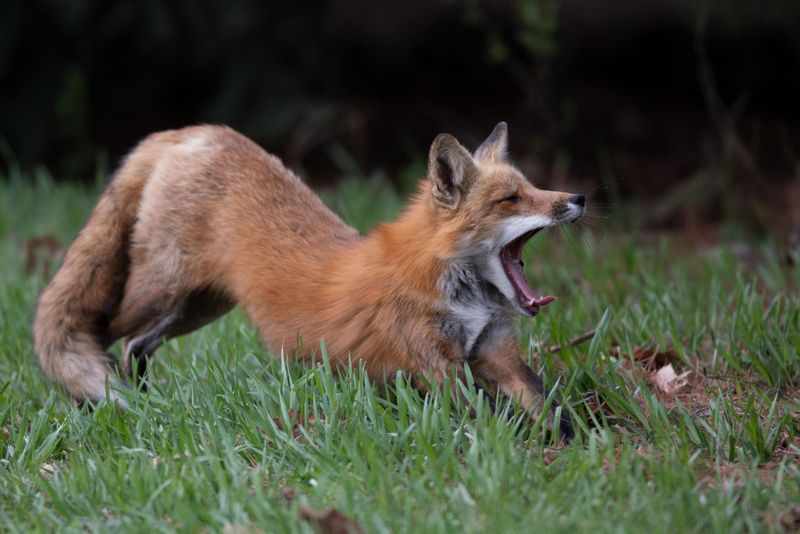
The Red Fox is a cunning and adaptable resident of the Pacific Northwest. With its fiery red coat and bushy tail, it is a striking figure against the lush green backdrop. These foxes are skilled hunters, known for their intelligence and resourcefulness.
They thrive in diverse environments, from dense forests to open fields, often seen at dawn or dusk. Their playful antics and curious nature make them a favorite among wildlife enthusiasts.
The Red Fox’s presence is a vivid reminder of the wild and untamed spirit of the forest.
Western Tanager

The Western Tanager is a burst of color in the Pacific Northwest’s forest canopy. With its striking yellow and red plumage, it is a beacon of vibrancy amidst the greenery. These songbirds are migratory, arriving in the spring to breed among the tall trees.
Their melodious songs fill the forest, a joyful herald of the changing seasons. The Western Tanager’s presence adds a lively splash of color and sound to the forest, enchanting birdwatchers and nature lovers alike.
Spotting one is a delightful highlight of any forest adventure.
Mountain Beaver
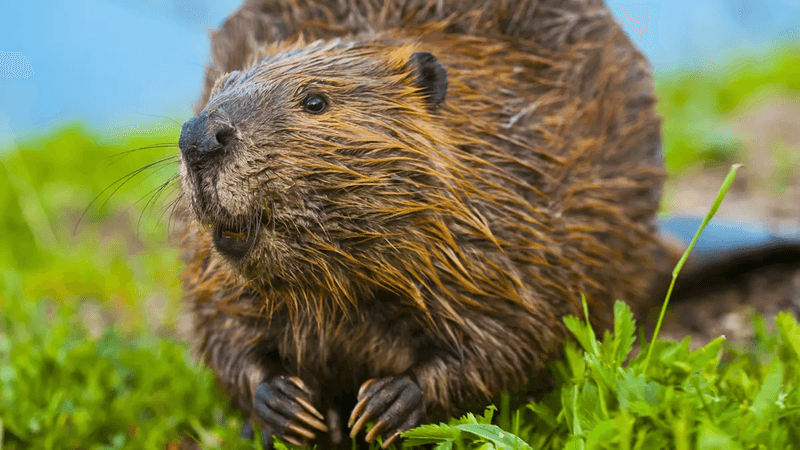
The Mountain Beaver is a curious and seldom-seen creature of the Pacific Northwest. Despite its name, it is not closely related to true beavers. These small mammals prefer moist, forested slopes, where they dig extensive burrow systems.
Their diet consists of ferns and other vegetation, which they gather and store in their burrows. Mountain Beavers are an important part of the forest ecosystem, contributing to soil aeration and plant dispersion.
Encountering one is a unique experience, offering a glimpse into the hidden life beneath the forest floor.
Northern Flying Squirrel
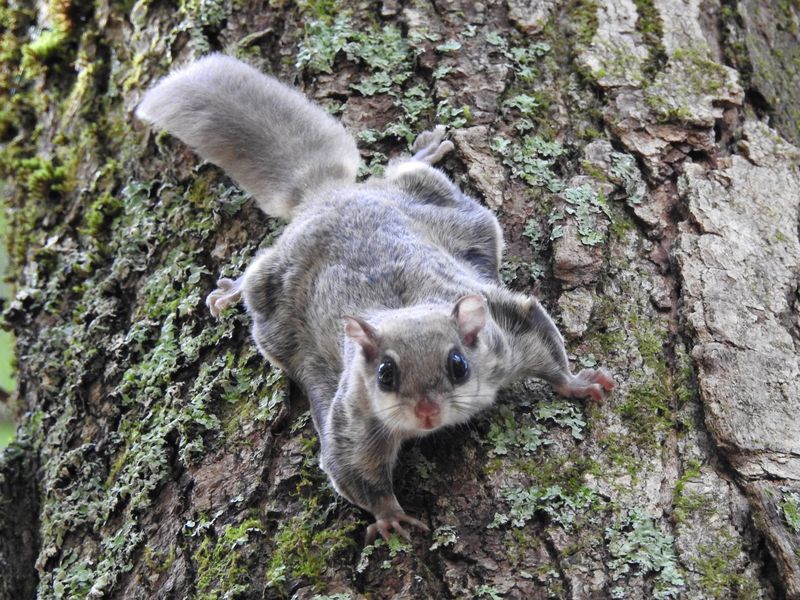
The Northern Flying Squirrel is a nocturnal acrobat of the Pacific Northwest forests. With its large eyes and soft, gray-brown fur, it glides silently between trees using a special membrane stretched between its limbs.
These squirrels are social creatures, often nesting together in tree cavities. Their presence is crucial for forest health, as they help disperse fungi spores that are vital for tree growth.
Observing a Northern Flying Squirrel in mid-flight is a mesmerizing spectacle, showcasing the hidden wonders of the night forest.
Oregon Spotted Frog
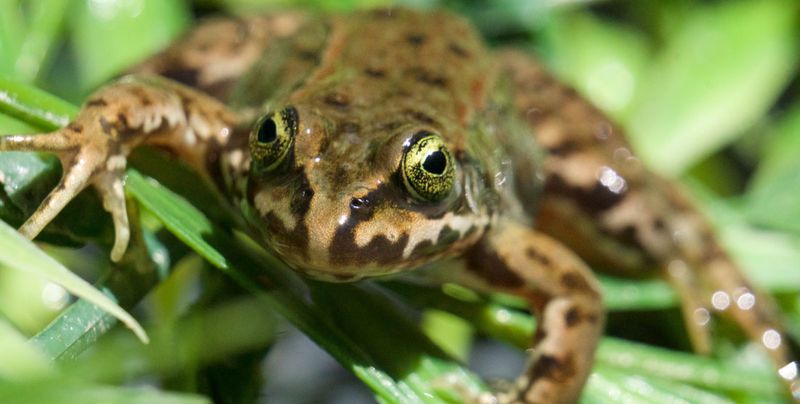
The Oregon Spotted Frog is a rare and beautiful amphibian, residing in the wetland areas of the Pacific Northwest. Recognizable by its distinctive spots and bright underbelly, it prefers shallow, slow-moving waters.
These frogs are sensitive indicators of environmental health, relying on pristine habitats to thrive. Conservation efforts are critical to ensure their survival, as habitat destruction poses a significant threat.
Encountering an Oregon Spotted Frog is a rare and special event, highlighting the delicate beauty that flourishes in undisturbed wetlands.
Pacific Wren

The Pacific Wren, small yet vocal, fills the forest with its melodious song. This tiny bird is often heard before it is seen, as it flits among the dense foliage. Its rich, cascading notes are a signature sound of the forest.
With a plumage that blends seamlessly with the forest floor, the Pacific Wren is a challenge to spot. However, its energetic hopping and flicking tail often give it away. Listening for its song can lead you to a delightful encounter.
Did you know? The Pacific Wren’s song is one of the longest of any bird relative to its size, showcasing stamina and vocal strength, a true melody of the woods.
Pileated Woodpecker
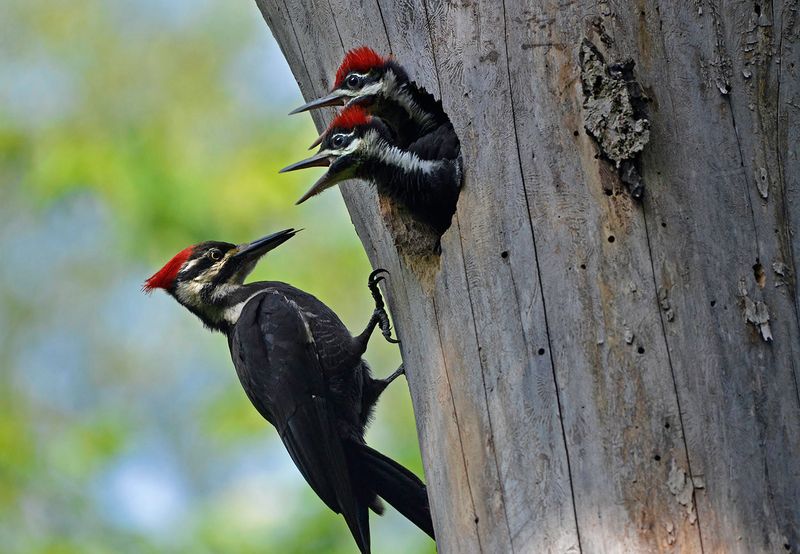
The Pileated Woodpecker is a striking resident of the Pacific Northwest forests. With its vivid red crest and powerful beak, it is often heard before it is seen, the sound of its drumming echoing through the trees.
These woodpeckers are vital for forest health, as their excavation creates nesting sites for various species. Observing a Pileated Woodpecker in action is a captivating experience, as it chips away at the bark with precision and strength.
Their presence is a dynamic element of the forest’s vibrant wildlife tapestry.
Spotted Skunk
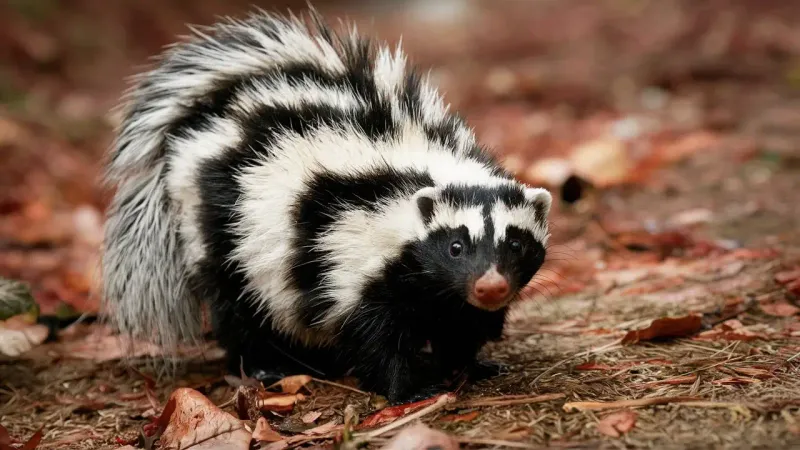
With its striking black and white pattern, the Spotted Skunk is a master of camouflage. Despite its small size, this agile creature can climb trees with ease. If you wander quietly, you might catch a glimpse of it darting through the underbrush.
Known for its unique ability to perform a handstand when threatened, the Spotted Skunk is both entertaining and elusive. Its nocturnal lifestyle means it’s mostly active during the night, adding an aura of mystery to its presence in the forest.
Fun fact: The Spotted Skunk is one of the few skunks that can climb trees, making it an extraordinary member of its family. A nighttime adventure in the woods might reward you with a rare sighting of this acrobat.

